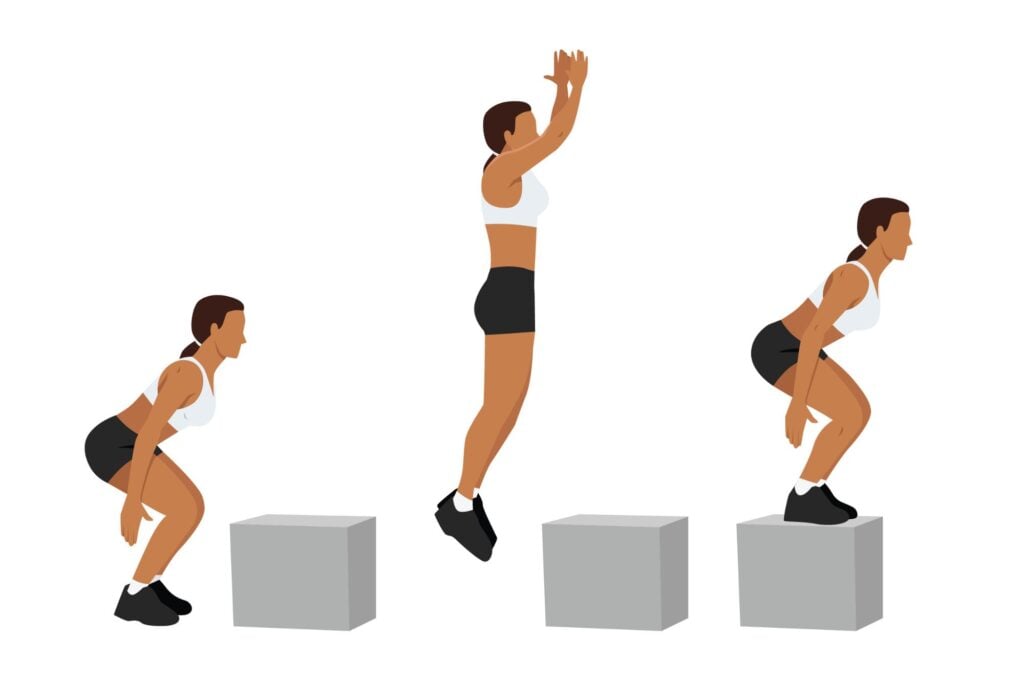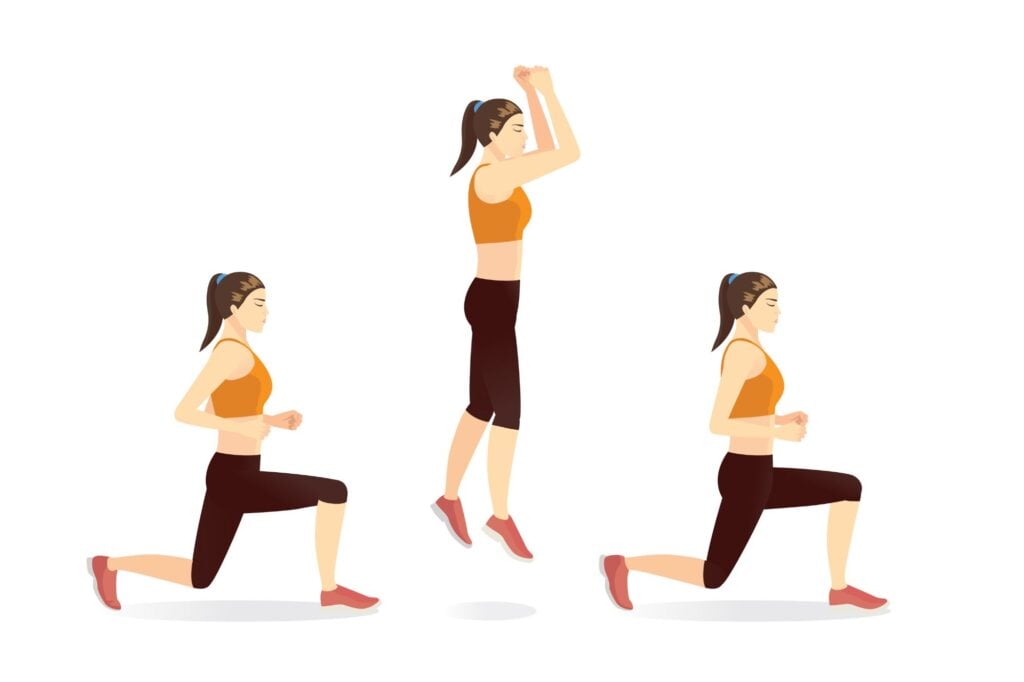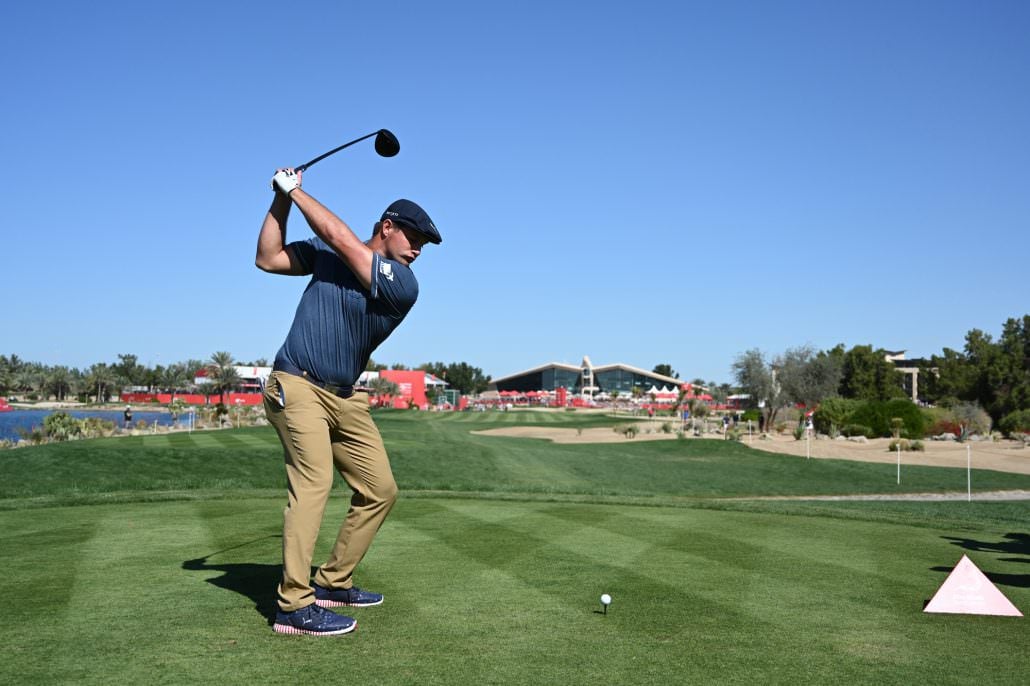You may have noticed that Bryson DeChambeau, is taking golf fitness very seriously. He took the decision to spend the majority of his off-season working hard in the gym, often training for more than three hours a day.
His goal? To increase his bodyweight from 195lbs (88kg) to 230lbs (104kg) – an overall increase of 16kg, or the average weight of a 5-year-old.
Why? By increasing your size and muscle mass, the body can produce more force and will be less susceptible to injury – meaning you can increase swing speed thus increasing the distance that you hit the ball.
Ahead of the 2020 Abu Dhabi HSBC Championship – DeChambeau’s first since the Presidents Cup – he was already seeing the benefits.
Whilst everyone aspires to performing like PGA Tour players, the big changes to his driving distance has left golfers across the world questioning, how can I hit the ball like Bryson DeChambeau? Increasing your driver distance and club head speed stem from a players strength, stability/mobility and then explosivity. Translating strength into speed is something golfer’s like Bryson have worked hard on, performing many golf exercises including jumps and throws. Below we unpack 10 exercises that you can use to increase your swing speed…
Top 10 Golf Exercises to Increase Swing Speed
1) Medicine Ball Rotational Throws
This type of med ball throw mimics the rotational power that is used in the golf swing. Taking a ball of a suitable weight, stand with feet roughly shoulder width apart, side on to a wall a metre or so away. Rotate the ball around you, releasing at the wall. This should be repeated 10 times per side, 3 times round.
2) Box Jumps
Box jumps are a great plyometric exercise for golfers, that helps build explosive power in the lower body. Choosing a suitable height box for the jump is an important starting point and then drop into a half squat position, driving the arms up as you jump onto the box.
Advertisement

3) Overhead Medicine Ball Slams
This is a full body exercise that helps to force, such as that used in the golf game. Using a suitably weighed med ball, feet roughly shoulder width, taking the med ball above your head with both arms. You can raise onto the toes as you then slam the ball onto the ground in front of you. Repeat this 10 times, 3 times over, taking enough rest in-between as needed.
4) Squat Jumps
This is another great lower body explosive jump. If you’re doing a strength session this exercise could be paired with your squats to increase intensity.
To complete, drop down into a standard squat position and then from the bottom jump up out on the squat. These can be repeated as a continious sequence, for a greater cardio benefit, or individually.

5) Kettlebell Swings
Kettlebell swings are great for golfers as they engage the core, hips and legs. Choosing a suitable weight kettlebell, with legs spread slightly wider than shoulder width, the kettlebell should be held with both hands in front of the body. Knees should be bend slightly with hips pushed back as the kettlebell is swung back through the legs and driven up in front of the body.
This should be repeated for 10-12 reps, 3 times over. The hips should be the main driving force of this exercise.

6) Reverse Lunge with Knee Drive
Reverse lunge is a great exercise as it strengthens the lower body whilst working on stability and power. This exercise can be done as bodyweight to start with or with light weight for added stability.
Feet shoulder width apart, take one leg backwards into a kneeling position. As you come back up to standing, drive that knee up towards the chest, maintaining balance.
Advertisement
10-12 reps per leg, 3 times round.
7) Explosive Medicine Ball Chest Pass
This is another great exercise to help you swing faster. Taking a suitability weighed med ball, the aim is to drive the ball forward using a chest pass. It is important to braise the core and remain stable as you do this.
This exercise can be performed kneeling or stood. 10-12 reps, 3 times round.
8) Skater Jumps
These are a form of lateral plyometric jump, with the aim of improving stabilisation whilst engaging explosive strength. Starting at shoulder width with slight flex in the knees, the aim is to jump laterally, landing on one leg. Continuing the sequence, you would bound straight back the other way.
This can be done with added weight such as a med ball or as bodyweight. A soft landing is important as it reduces the stress on joints. These should be repeated for 10-12 reps (per leg), 3 sets.
9) Jumping Lunges
These are a great golf exercise for creating ground force power that is replicated in the golf swing. Start by performing a normal lunge but instead of transferring legs at a regular pace, the aim to jump up and out of the posting swapping legs in the air. This is a very fast paced exercise and is best kept at bodyweight.
Aim for 8-10 reps, for 3 sets to start. Keep the chest up with the core engaged for best results.

10) Cable Rotations
There is a range of different cable rotations that can help golfers but this rotation works the whole body and mimics the golf swing, making it a great all rounder.
Using a weight that isn’t too challenging and can be moved fast is important. From here, standing side on to the cable machine, pull the cable around the body. This isn’t just an upper body movement as the legs help to drive the cable up and around too.
Advertisement
Perform 3 sets of 10-12 reps per side.
What’s Good About DeChambeau’s Golf Workout Regime
More muscle mass means more force: If you look at world-class 100m sprinter, you’ll notice they’re bigger and bulkier than long-distance athletes. This is because they need to create more force and therefore need to have more muscle.
It may come as a surprise, but due to the explosive nature of the swing, golf is actually more like a sprint than a marathon in terms of the physical demands.
Training the brain effectively for increased muscle potential and power: When discussing his training regime, DeChambeau said: “We make sure the neurological threshold is just as high as the mechanical threshold.”
Basically, this means he’s training with the intention of not only increasing the size of the muscles but the ability for the brain to use the muscles to their full potential. Training the muscles to absorb force and then use that force to re-accelerate and create more force is one of the biggest determinants between good and elite athletes.
In all sports – and this includes golf – the biggest difference between good and very good is how quickly they can change direction or reverse a specific muscle action, whether this be seen via agility in football or rugby, or the transition in a golf swing.

Maintaining quality movement and control: As well as increasing strength and muscle, DeChambeau is still working to maintain movement which is imperative in the golf swing. Many fear that ‘bulking’ will negatively impact your ability to move and swing effectively.
This dates back to the idea of a typical body builder whose only focus is on increasing muscle mass for aesthetic, and not functional purposes.
Advertisement
Again, like the 100m sprinters, technique is imperative in golf so you CAN bulk but still maintain optimal movement, as long as you are predominantly training movement as opposed to isolating muscles.
Increasing muscle mass and strength reduces injury risk: There is plenty of evidence to support that increasing muscle mass and strength can reduce the risk of injury risk for golfers.
The European Tour Performance Institute (ETPI) have found that not only does more mass mean more clubhead speed, but increased strength also decreases injury by up to 50%, allowing players to stay healthy for longer and practice more at speeds in excess of 100 mph with reduced impact on the body.
[object Object][object Object][object Object]
There are other factors that influence performance but, all in all, everything suggests that increased strength and muscle size has a positive impact on your game and, like DeChambeau’s, can change it entirely for the better.
Dynamic Golf: Rachel Tibbs
The above golf exercise videos are by our resident strength and conditioning coach Rachel Tibbs. She is a TPI L2 certified S&C coach, who is the owner of Dynamic Golf at The Bunker in Leeds. She offers a range of services designed to improve your golf performance, health, and fitness.
If you’re not local, you won’t miss out as Dynamic Golf also offers online coaching! Each session includes personalised programming through the DynamicGolf app. This allows players to receive tailored guidance and track your progress remotely, ensuring that your golf performance and fitness goals are consistently met, no matter where you are. There are four different package options available to choose from here.
In person sessions include a one hour assessment session to help see where Rachel can best help your golf game, followed by an introductory session. From here, there are four membership package options to choose from to continue your golf fitness development.
Advertisement
If you want to find out more, you can visit the Dynamic Golf website, email info@dynamic-golf.co.uk or follow her on Twitter, Instagram, Facebook or YouTube.
Conclusion
Bryson isn’t the only golfer who is striving to move faster with more power. Rory McIlroy is also a huge evocate for the golf fitness industry ,and with golfers striving to play like him it’s worth giving some golf power exercises a go.
Gaining speed doesn’t happen overnight and so becoming consistent with these exercises is important. These exercises will not only improve your speed and distance but they will help to increase lower body stability, reduce the risk of injury and maintain good general health.
